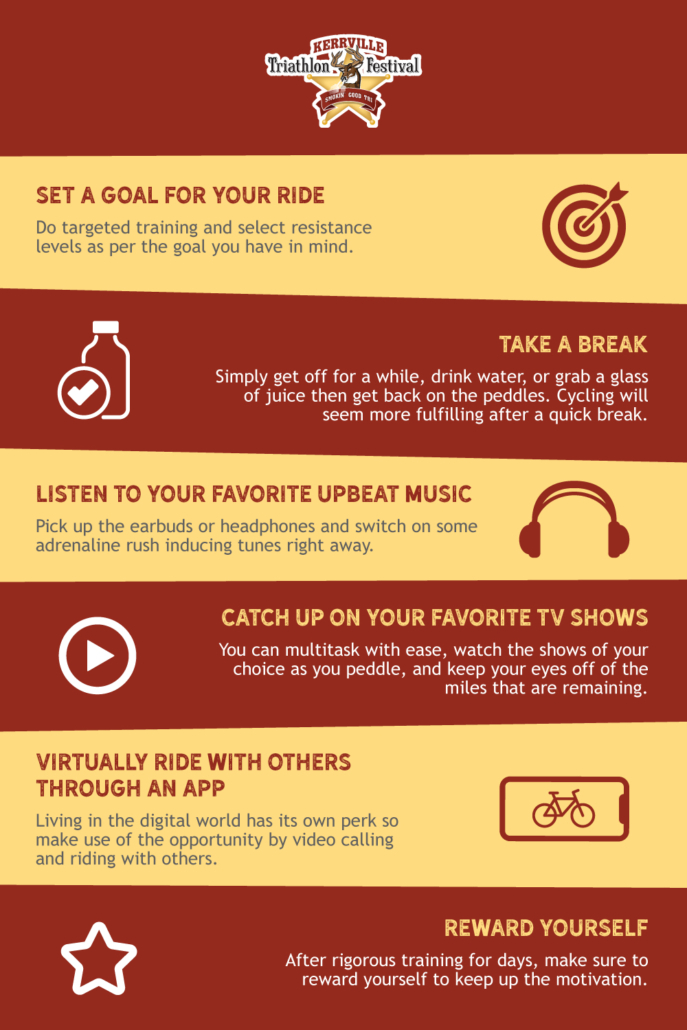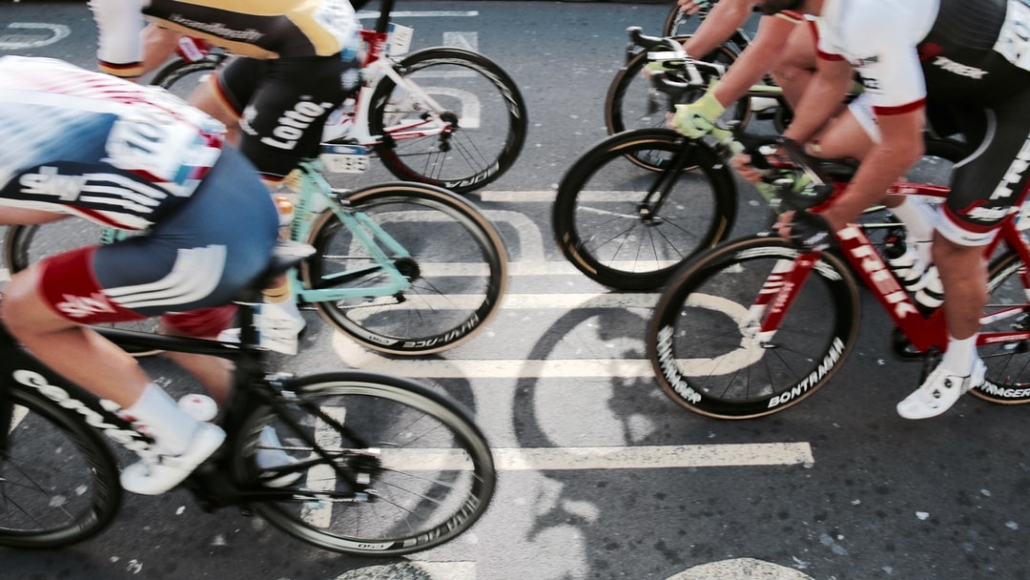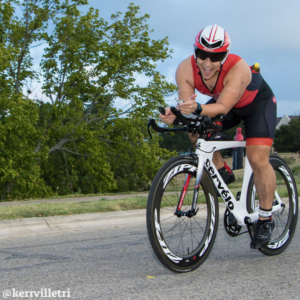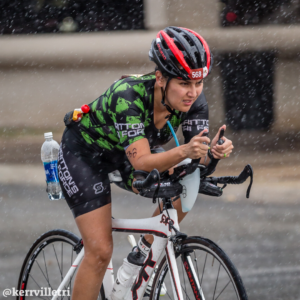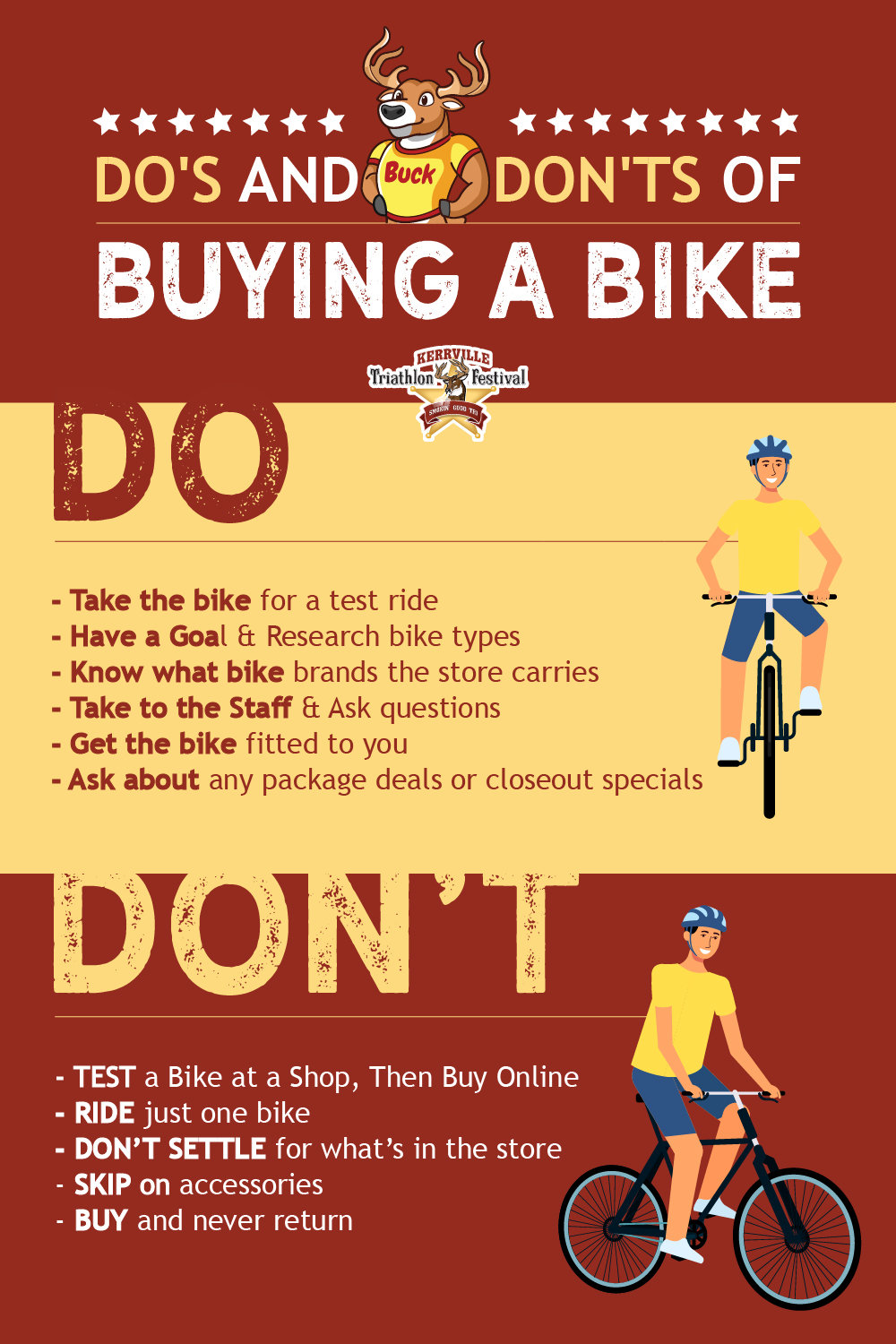Now’s the time to take advantage of Special Launch Pricing for the 2021 Kerrville Triathlon
Registration is open for the 2021 Kerrville Triathlon Festival, also known as The Most Scenic Triathlon in Texas. The popular destination triathlon is produced by High Five Events. It’ll celebrate its 10th anniversary on September 25-26th, in Kerrville, Texas. In 2019, more than 1800 triathletes competed in eight different events that included a swim course in Nimitz Lake, bike course through the Texas Hill Country, and run course along the Guadalupe River. Special Launch Pricing for The Most Scenic Triathlon in Texas is currently available for all events.
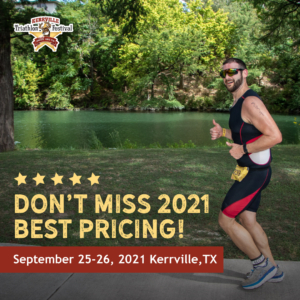 “The Kerrville Triathlon continues to grow, exposing more triathletes to the Most Scenic Triathlon in Texas and the welcoming City of Kerrville,” said Stacy Keese, co-owner of High Five Events. “We look forward to another banner year while showcasing the beauty of the Texas Hill Country.”
“The Kerrville Triathlon continues to grow, exposing more triathletes to the Most Scenic Triathlon in Texas and the welcoming City of Kerrville,” said Stacy Keese, co-owner of High Five Events. “We look forward to another banner year while showcasing the beauty of the Texas Hill Country.”
Something for triathletes of all levels
2021 Kerrville Triathlon’s Open Division allows participants to begin regardless of age, with a mass swim start. Open Division participants are not eligible for age-group awards. Everyone else starts the swim in their division based on their age group, with two participants entering the water every few seconds. Age-group awards are given in five-year increments. Kerrville Tri also features Athena and Clydesdale categories. Aquabike and relay options are available too. The relay team can consist of two or three members. Aquabike completes the swim and the bike only.
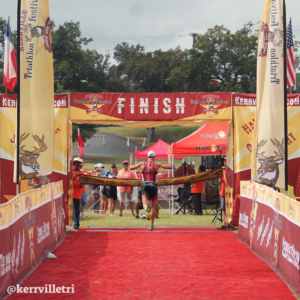 Athletes will receive a belt buckle finisher’s medal, customized shirts, reusable custom water bottles, personalized race bibs, swim caps, a post-race meal, fruit, snacks, beer, and an opportunity to float in the Guadalupe River. Kerrville Tri is a USAT-sanction event, provides professional timing, and offers professional photography. A great volunteer crew and hundreds of supportive spectators make race day memorable for everyone involved.
Athletes will receive a belt buckle finisher’s medal, customized shirts, reusable custom water bottles, personalized race bibs, swim caps, a post-race meal, fruit, snacks, beer, and an opportunity to float in the Guadalupe River. Kerrville Tri is a USAT-sanction event, provides professional timing, and offers professional photography. A great volunteer crew and hundreds of supportive spectators make race day memorable for everyone involved.
Weekend full of distances
The Debra Zapata Sprint distance, sprint relay, and kids fun run take place on Saturday, Sept. 25th. Quarter distance, quarter aquabike, half distance, half aquabike, and half relay will all happen on Sunday, Sept. 26th. Participants can pick up their packet at the Kerrville Triathlon Expo and Packet Pickup at the host hotel, Inn of the Hills. The expo and packet pickup, which is free and open to the public, will take place on Friday, Sept. 24th, and Saturday, Sept. 25th. Special Launch Pricing for all events follows: Debra Zapata Sprint ($79), sprint aquabike ($79), sprint relay ($159), quarter ($129), quarter aquabike ($129), half ($199), half aquabike ($199), half relay ($279), kids fun run (free).
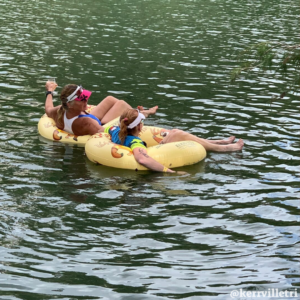 Triathletes who can’t make it to the event can still participate through Kerrville Tri’s Virtual Challenge. Participants can complete the distances on their own time at their preferred locations. Virtual challenge participants will have until September 19th to complete the distances and submit their results.
Triathletes who can’t make it to the event can still participate through Kerrville Tri’s Virtual Challenge. Participants can complete the distances on their own time at their preferred locations. Virtual challenge participants will have until September 19th to complete the distances and submit their results.
As part of the updated policies for 2021, Kerrville Triathlon will offer free deferral to participants if a government entity issues a ban on mass gatherings due to the COVID-19 pandemic that would prevent this event from occurring.

